The World's Oldest Museums
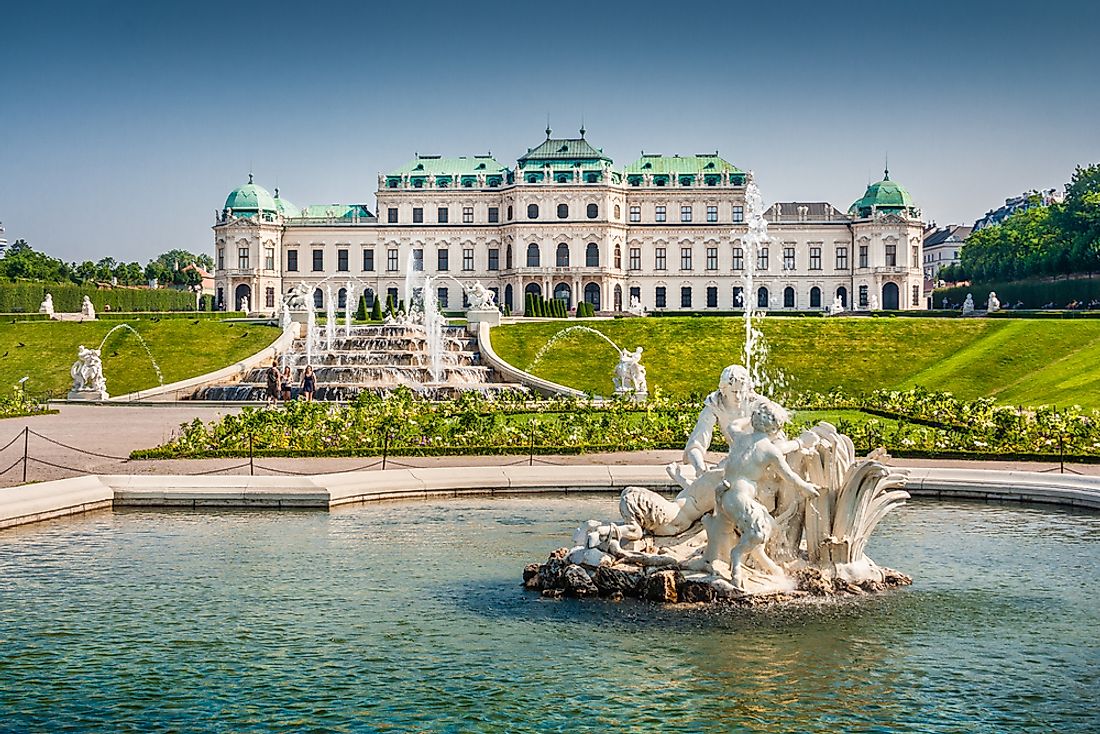
A museum is an institution established to preserve historical artifacts among other products of historical, scientific, cultural, and artistic importance. The idea of preserving items of cultural and historical significance started thousands of years ago, and the oldest museum built by the Babylonians more than 2,500 years ago was discovered by Leonard Wooley. These institutions avail the preserved artifacts to the public for viewing through thier temporary or permanent exhibitions all over the world. The following are some of the oldest museums in the world.
9. Indian Museum
The Indian Museum is the oldest and largest institution in India with numerous rare collections of mummies, skeletons, ornaments, armor, Mughal paintings, and antiques. The idea of developing a historical organization in India began in 1796 when the members of Asiatic society decided to set up a place where the natural and human-made collections could be displayed. Therefore, the Indian government gave the society accommodations in Chowringhee-park street region. Nathaniel Wallich, a Botanist, helped Bengal Asiatic society develop the museum in 1814. The curators divided the collection in the museum into six sections with 35 galleries of scientific and cultural artifacts including economic botany, art, geology, Archaeology, anthropology, and Zoology.
8. Louvre Museum
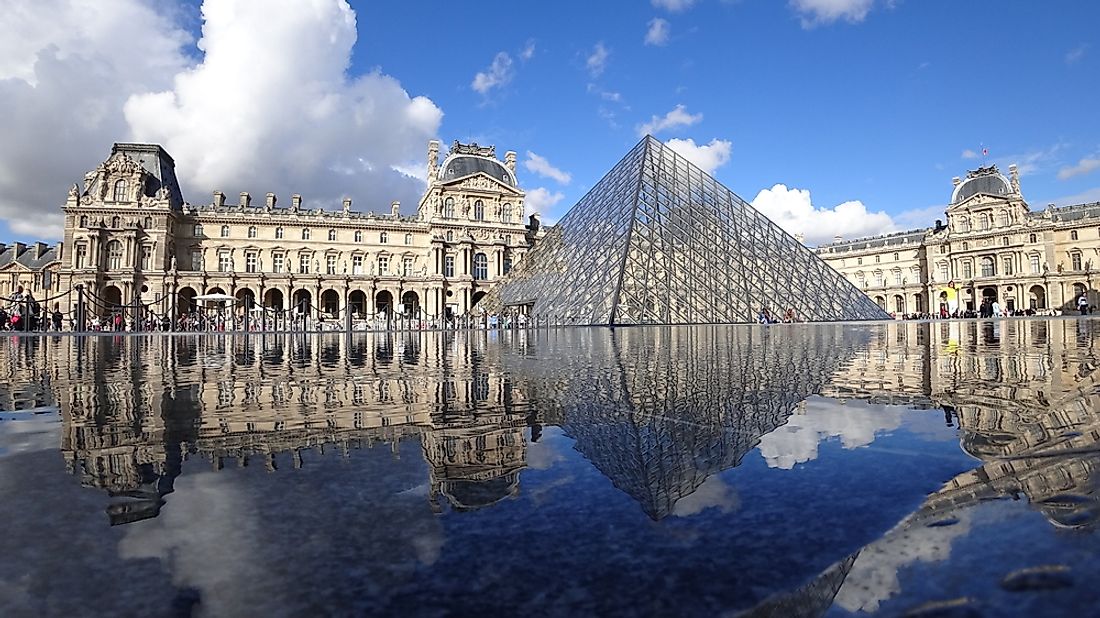
Located in Paris, the Louvre is a historical monument and the most toured art museum in the world. The museum houses over 35,000 items on display from the pre-historic era. The museum was built on 60,600 square feet of land and is considered to be the landmark of Paris. Philip II built this palace as a fortress during the late 12th century, but later the monarch converted it into the home of the French king in 1546. The museum opened their doors on August 10, 1793, with a collection of 573 paintings. The collections increased during Napoleon’s reign, but the artifacts seized during this era were later returned to the owners after his reign ended.
7. Belvedere Palace
The palace of the Habsburg Royal family in Vienna, Austria opened their doors to the public in 1781. The Belvedere Palace is a historical complex with two Baroque Palaces (the Lower and Upper), the palace stables, and the Orangery. The Belvedere is located in the Baroque park landscape in the 3rd Vienna district. This institution houses the most extensive collection of paintings by Gustav Klint. The museum ranks among the most significant and beautiful museums in the world. Belvedere houses the biggest collection of the Austrian art from the Middle Ages to the present.
6. Kunstkamera
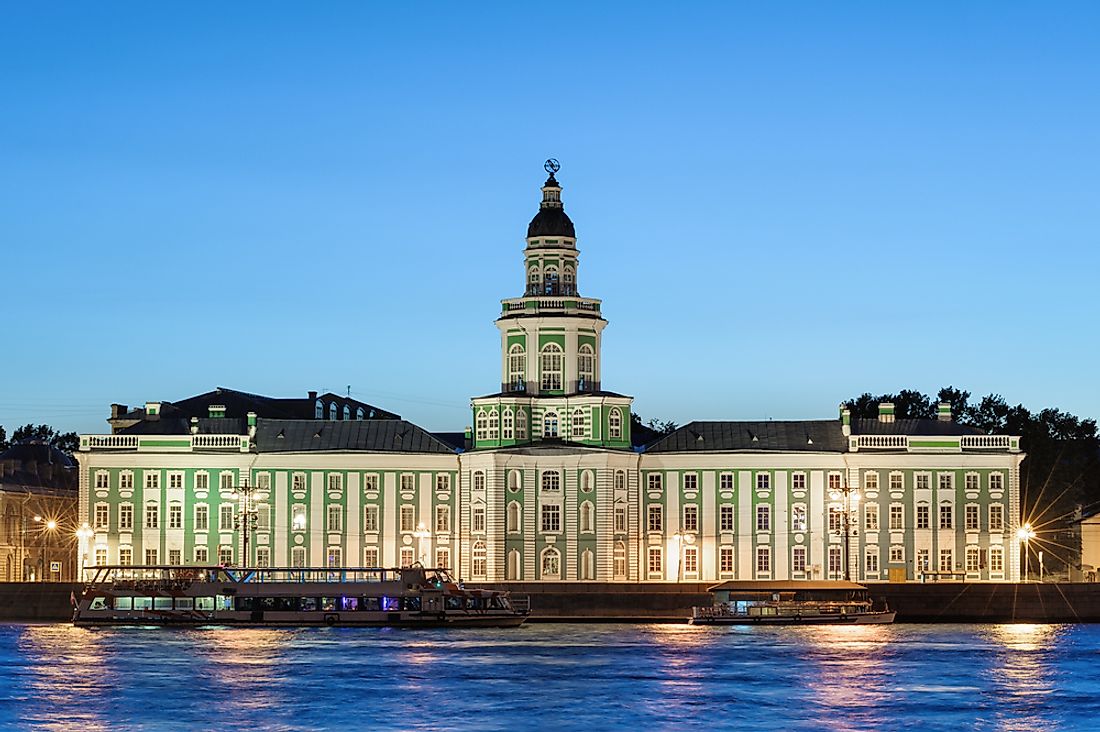
Established by Peter the Great in 1717 and opened in 1727 in Kikin Halls, the Kunstkamera is the first museum in Russia with over 200,000 items on display. The Kunstkamera is situated in St Petersburg on Universitetskaya Embankment overlooking the Winter Palace. The name Kunstkamera was derived from the German term kunstkammer which means the "art chamber". This establishment hosts a collection dedicated to preserving the human and natural rarities and oddities.
5. Hermitage Museum
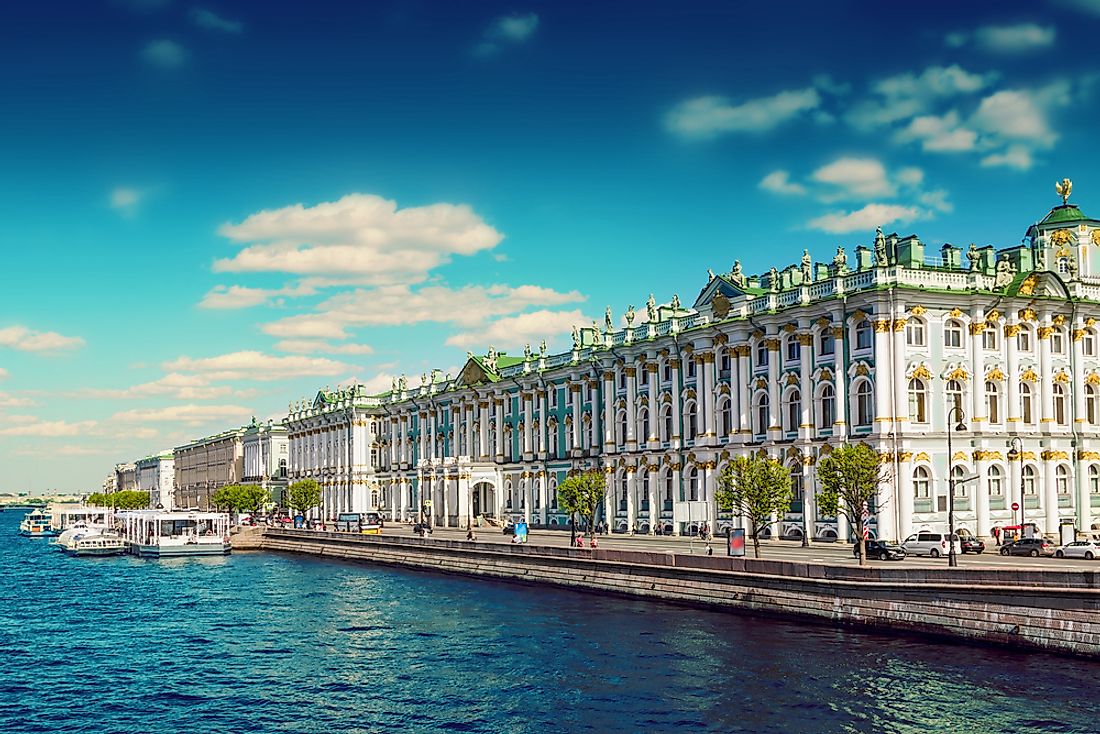
Located in St Petersburg, Russia, Hermitage Museum is the most significant art and culture institution in the world. Hermitage museum opened its doors to the public in 1852. Hermitage was started when Empress Catherine purchased a unique painting collection from Johann Ernst, a Berlin merchant, in 1764. Hermitage museum has over three million collections of artifacts and arts of different cultures. Among the artifacts are sculptures, graphic works, applied arts, numismatic materials, and numerous archaeological findings. The museum celebrates its anniversary during St Catharine’s day on December 7, every year.
4. Musée des Beaux-Arts et d'archéologie de Besançon
The Musée des Beaux-Arts et d'archéologie de Besançon (Museum of Fine Arts and Archeology) in Besançon, France is the oldest museum of fine-arts and archeology in the country. The museum was opened in 1694 after Jean Baptiste contributed his collection to the city. The curators divided the artifacts in this institution into three categories: drawing, painting, and archaeology. The archaeology section has the Egyptian collections, the mummies of Seramon, and a crucial archaeology collection belonging to the Gallo-roman era. The painting section displays the evolution of art in Europe from the 14th to the 20th centuries. The museum houses one of the biggest drawing cabinets in the world, thanks to the 5,500 art contributions from different European art schools. The drawing cabinets features artworks which were drawn as early as the 15th century.
3. Amerbach Cabinet
Listed as one of Switzerland's heritage sites of national significance, the Kunstmuseum Basel museum is the home of the Amerbach Cabinet. The origin of the Museum dates back to 1661 when the city of Basel purchased the Amerbach Cabinet, a collection of works by Hans Holbein, making it the first municipally-owned and public museum. The museum has collections from early 15th century to the present. The museum has collections of drawings and paintings ranging from the 15th to 17th centuries, and other works of art from the 19th to 21st centuries.
2. Royal Armouries
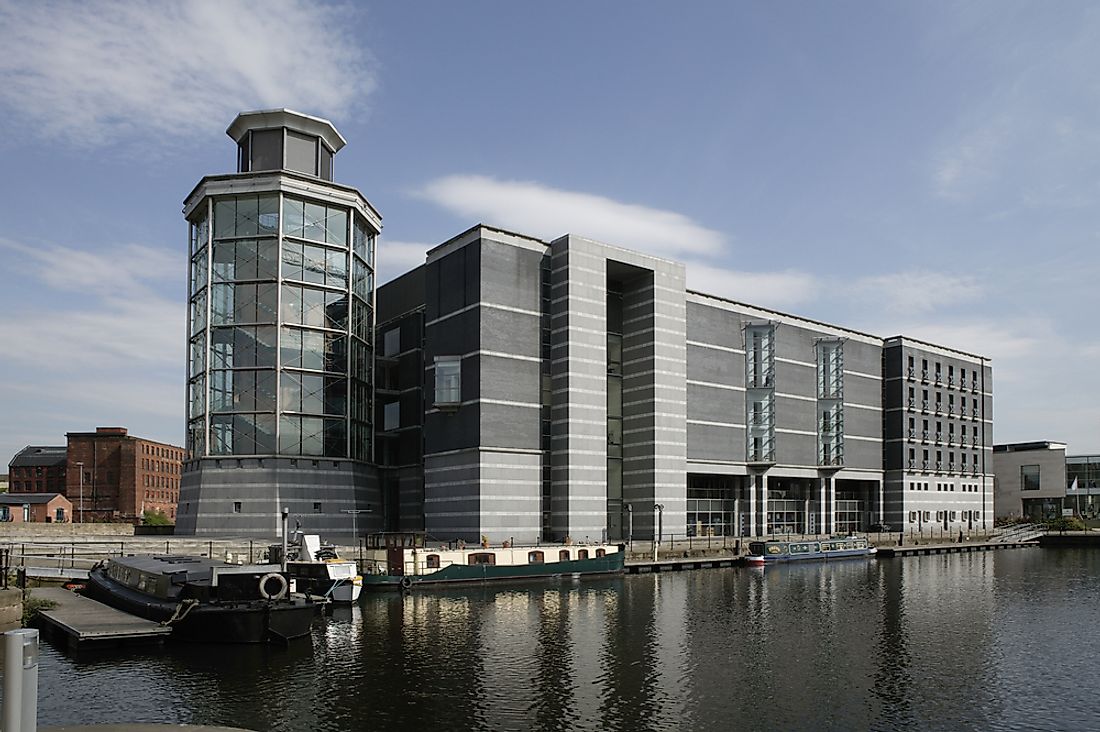
Located in the Tower of London in the United Kingdom, the Royal Armories is the oldest museum in Britain. The Tower of London houses the most extensive collection of armories in the world, which served as the earliest attractions to specific visitors who paid for the privilege to view the Royal collection. The museum opened their doors to the public in 1660. The armories were later divided and placed in three different locations across Britain with the primary aim of building museums in West Yorkshire, Leeds, and the Victorian Fort in Portsmouth.
1. Capitoline Museums
Located in the Plazza Del Campidoglio on Rome's Capitoline Hill, this museum has a collection of archeological exhibitions and beautiful art. The history of the Capitoline Museums dates back to 1471 when Pope Sixtus IV contributed a set of his critical prehistoric bronzes to Rome and placed them on Capitoline Hill. Later numerous ancient Roman inscriptions, statues, a set of renaissance and medieval art, coin collections, and jewels, among other items were added to the pre-historic bronze. The Capitoline Museums was the first museum in the world to open their door to the public viewing in 1734. Currently, the institution is owned and managed by the municipality of Rome.











